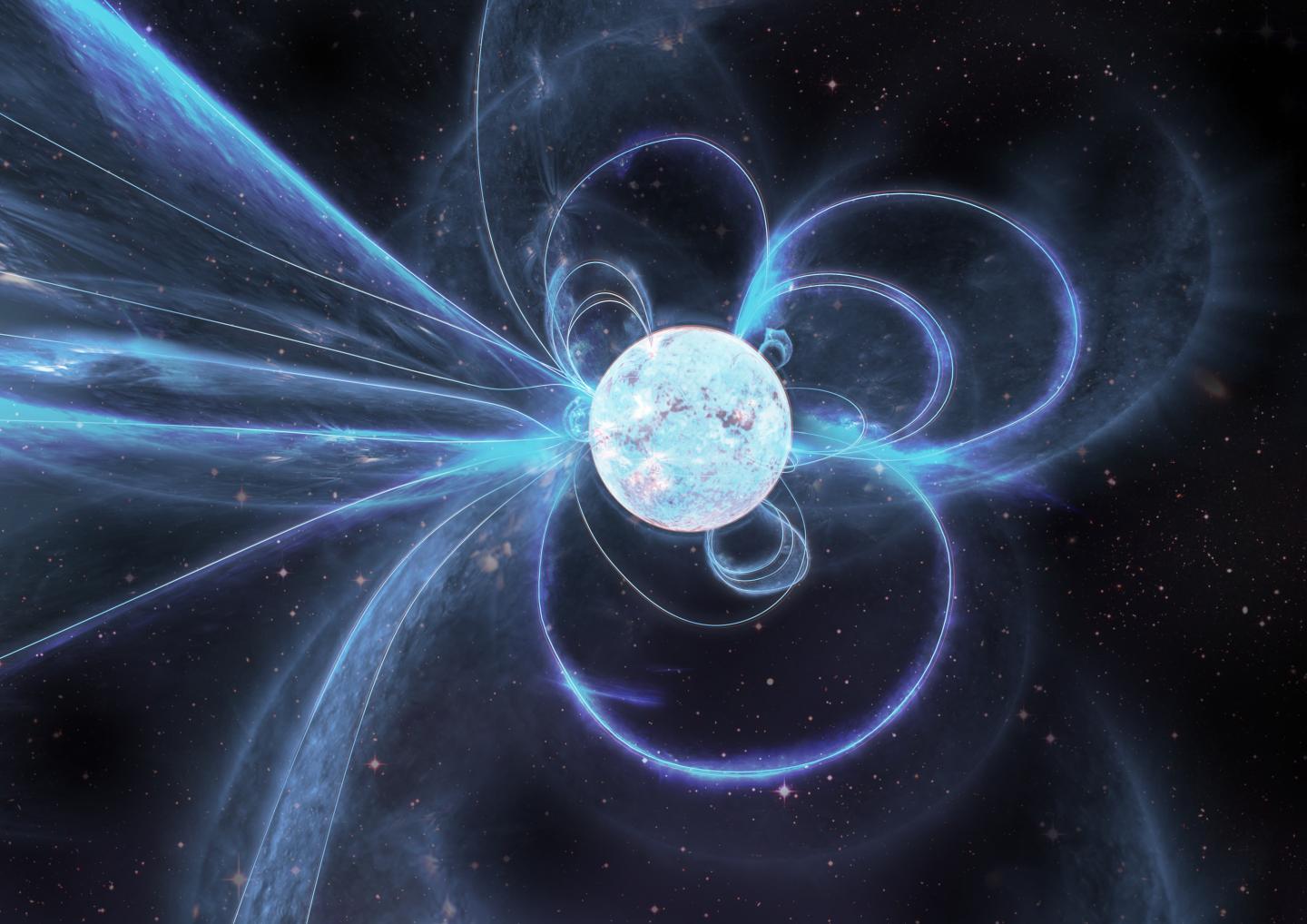‘Bizarre behaviour’ spotted at one of the universe’s strongest magnets

Your support helps us to tell the story
From reproductive rights to climate change to Big Tech, The Independent is on the ground when the story is developing. Whether it's investigating the financials of Elon Musk's pro-Trump PAC or producing our latest documentary, 'The A Word', which shines a light on the American women fighting for reproductive rights, we know how important it is to parse out the facts from the messaging.
At such a critical moment in US history, we need reporters on the ground. Your donation allows us to keep sending journalists to speak to both sides of the story.
The Independent is trusted by Americans across the entire political spectrum. And unlike many other quality news outlets, we choose not to lock Americans out of our reporting and analysis with paywalls. We believe quality journalism should be available to everyone, paid for by those who can afford it.
Your support makes all the difference.Astronomers have detected “bizarre behaviour” at one of the universe’s most extreme objects.
They say they have never seen such behaviour from a so called “radio-loud” magnetar. Such objects are a rare type of neutron star, and one of the strongest magnets in the universe.
The unusual behaviour suggests magnetars may be more complex than thought, and could change our understanding of how they are born and grow, scientists write in a new paper.
Scientists came across the magnetar, named J1818, in March 2020. It sent out a bright burst of X-rays, allowing scientists to spot it, and further observations found that it was sending out radio pulses.
Those radio pulses appeared unusual: they were quite different, even to the other similar blasts that tend to come from such radio-loud magnetars. Usually, such pulses are similarly bright right across the different frequencies.
But J1818 was brighter at low frequencies than high ones. That sort of shading is more associated with pulsars, a more common type of neutron star.
In an attempt to understand why that was happening and how it might change, researchers kept watching it through the rest of the year.
They found yet more unusual behaviour, they write. In May, it was still shooting out the unusual pulses that had been first spotted, but by June it was flickering brightly and then weak again.
By July it seemed to be switching between appearing more like a magnetar and a pulsar.
"This bizarre behaviour has never been seen before in any other radio-loud magnetar," explains study lead author and Swinburne University/CSIRO PhD student Marcus Lower. "It appears to have only been a short-lived phenomenon as by our next observation it had settled permanently into this new magnetar-like state."
Further observations suggest the unusual behaviour could be the result of its geometry. Its magnetic field appears to be organised differently from usual: rather than north and south poles on each side of the star, connected by a donut-shaped field, J1818’s poles appear to be closer together, and linked like a horseshoe magnet.
"From our observations, we found that the magnetic axis of J1818 isn't aligned with its rotation axis," said Lower.
"Instead, the radio-emitting magnetic pole appears to be in its southern hemisphere, located just below the equator. Most other magnetars have magnetic fields that are aligned with their spin axes or are a little ambiguous."
"This is the first time we have definitively seen a magnetar with a misaligned magnetic pole."
Researchers will keep observing the magnetar in the hope of collecting more data, and catching it as the magnetic poles flip again. That could allow them the first ever opportunity to map the magnetic field.
The new research is published in the Monthly Notices of the Royal Astronomical Society.

Join our commenting forum
Join thought-provoking conversations, follow other Independent readers and see their replies
Comments